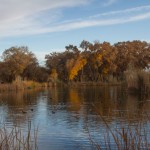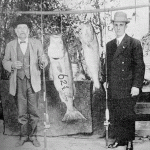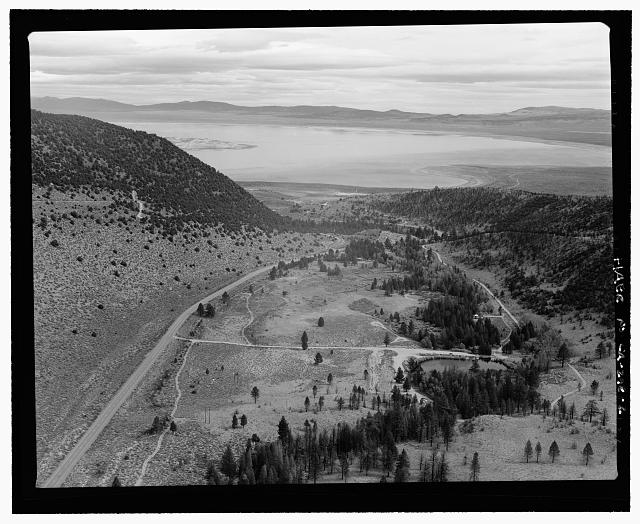
Autumn at the Tingley ponds, John Fleck, November 2013
Yesterday my sister and I busted Mom out of the nursing home for lunch and a drive down by the river to see the tail end of the fall colors. Down by Tingley Beach, an Albuquerque municipal park adjacent to the Rio Grande, the cottonwoods were still putting on a show, but they’re clearly tiring, getting ready to dump the leaves and be done with it. In the face of creeping blindness and dementia, we can’t be sure any more what Mom sees. When her brain worked, her pride and a certain amount of denial made it hard to get her to share what she could really see as her eyesight was fading over the last 15 years. Now, it’s just hard to get much of anything out of her brain. Best to default to showing her the fall colors, I suppose. Can’t hurt, and she seems to like the idea that she’s seeing them, even if she doesn’t realize she can’t.
Lissa and I went back today for a walk in the woods. Humans created two big ponds near the river, which are popular with the wintering ducks. We saw our first canvasbacks and redheads of fall, along with a single ruddy duck, a single pintail and a mob of wigeons. I’ve always been partial to the winter palette of the Rio Grande woods, the drab grays and browns after the autumn color show is over. There’s a cold quiet that seems to go with the color. It wasn’t quite there yet today – a warm afternoon, some garish yellows of fall still lingering on the cottonwoods, the dog walkers and joggers and bikers taking advantage of one last warm Sunday afternoon, nearly outnumbering the wigeons.






